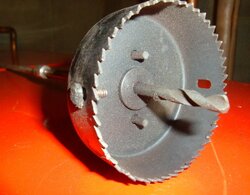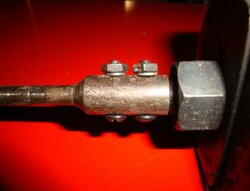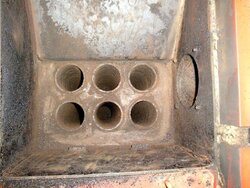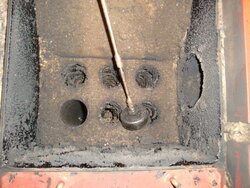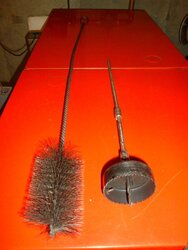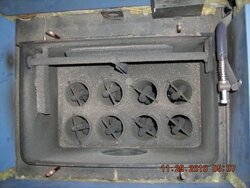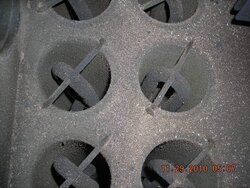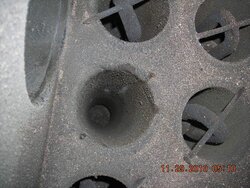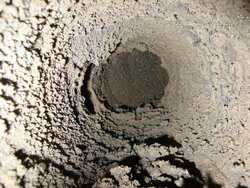I know this has been discussed in thee forum... but is there a creative solution?
I have to clean my flue pipe 2 times each year to be sure it is clear. The pipe does collect alot of fine ash. Last year... halfway through teh year I cleaned it out and there was ALOT of ash in there. It is really a pain in the *&^#$&$ to clean this out. I might be ok with cleaning it at teh end of the year... but currently I do it midway through the year ( to be sure it has not collected too much and then at the end of year.
My question... does anyone have a creative way to stop all of this ash from going into the flue pipe? There must be some type of creative engineering type solution..
I was thinking maybe a piece of steel in front of the flue opening maybe 3 inches away form the opening?.. but would this prevent teh flow of exaust going into the flue? would the smoke back up into the Tarm? Especially when the door flap thing is open ( during loading )
Sorry I don't use all the best terminology.
Idea's?
I have to clean my flue pipe 2 times each year to be sure it is clear. The pipe does collect alot of fine ash. Last year... halfway through teh year I cleaned it out and there was ALOT of ash in there. It is really a pain in the *&^#$&$ to clean this out. I might be ok with cleaning it at teh end of the year... but currently I do it midway through the year ( to be sure it has not collected too much and then at the end of year.
My question... does anyone have a creative way to stop all of this ash from going into the flue pipe? There must be some type of creative engineering type solution..
I was thinking maybe a piece of steel in front of the flue opening maybe 3 inches away form the opening?.. but would this prevent teh flow of exaust going into the flue? would the smoke back up into the Tarm? Especially when the door flap thing is open ( during loading )
Sorry I don't use all the best terminology.
Idea's?


